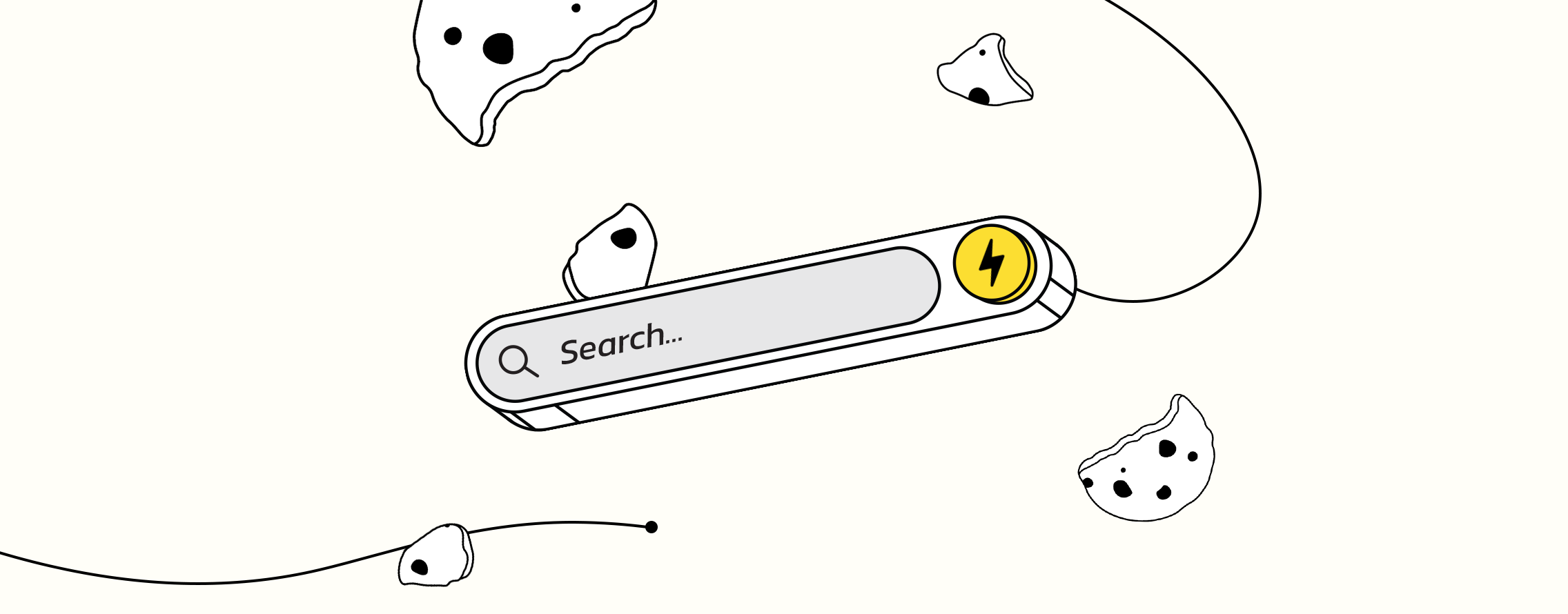This marks the initial step toward the much-anticipated ‘cookieless future,’ with the complete deprecation of cookies expected by mid-2024. Our experts share the possible impacts this change may have on your current campaigns and outline the steps you need to take now to get high-performance results in a post-cookie world.
Crunch Time for Cookies
Google’s 1% Experiment Unveils the Cookieless Era
Today, January 4th 2024, Google has disabled cookies for 1% of Chrome users and migrated them to the Google Privacy Sandbox – their privacy-friendly approach to targeting and measurement. This move signals the first phase of the long awaited ‘cookieless future’, with the full-scale cookie deprecation anticipated by mid-2024, contingent on insights gleaned from the 1% test.
As both advertisers and vendors navigate this uncharted territory, this experiment will reveal the tangible impact and reality of what a ‘cookieless future’ might actually look like.
Why is Google removing cookies?
A longtime source of privacy concerns, third-party cookies are finally being phased out of the Chrome browser this year. The two main catalysts behind this are:
-
Legislation, such as GDPR in the UK and CCPA in California, leading Google to seek alternative solutions.
-
The cookie is already crumbling. Increasingly, third parties (looking at you, Apple!) are progressively reducing the effectiveness of cookie tracking.
What changes does Google’s Privacy Sandbox bring?
Identifiers will now be based on groups of browsers rather than unique users meaning the following changes will come into play:
-
Loss of individual conversion journeys
These face a setback as cross-device tracking becomes trickier, making it challenging to tie ad exposure to performance. To address this, Google will use modeling techniques to estimate lost conversions.
-
Fragmented retargeting
The ability to target users across devices will lose its efficacy, resulting in limited reach for retargeting efforts.
-
DV360 Data
Campaign data will now be grouped into categories such as “Topics” (broad interest categories). This categorization comes with a limited demographic information.
As ever, Google promises to continue to work on additional measurement solutions for advertisers, as they await the full impact of the changes to become apparent.
How will this impact your current campaigns?
While 1% might seem like a modest set of users to test on, with performance potentially influenced by seasonality, it’s crucial to closely monitor the following:
-
Campaign reach and frequency
Understanding the total ad exposure an individual receives will become more challenging as a result of cross-device activity.
-
Conversion numbers
Conversion figures might appear to decline as Google loses the ability to track the impact of impressions to conversions for this 1% of Chrome users.
-
Scale achieved by retargeting audiences
Anticipate a reduction in the number of impressions advertisers can serve against audiences, as they become harder to identify across devices.
What should advertisers do now?
In order to prepare for the wider roll-out of Google’s replacement of cookies with the Privacy Sandbox, there are four essential steps you and your agency should be taking now:
-
Technically prepare your ad platforms for the change today
Ensure your ad platforms are technically ready for the impending change by following the foundational steps outlined by Google.
Embrace AI solutions to leverage modeling and automation, ensuring ongoing optimization of your ad performance.
-
Leverage 1st party data for high-performance results
Harness the power of 1PD as a valuable tool for discovering new audiences, retargeting existing ones, and gaining insights into audience demographics.
-
Rethink your approach to measurement
Lean into holistic measurement solutions including experimentation, Marketing Mix Modelling and brand lift studies.
Start reviewing performance in aggregate views, focusing on weekly or monthly performance rather than date-based metrics, as granularity in tracking diminishes.
-
Strategically consider new ways to reach & convert your audience
Adopt contextual-first methodologies to future-proof your strategies, ensuring relevance to your audience in key moments.
Explore the potential of connected TV, a rapidly expanding tactic that doesn’t rely on cookies, and offers new avenues for reaching and converting your audience.
Want to learn more?
We will continue to work closely with Google to understand the impact of the cookieless era in real-time. Connect with our featured experts to take advantage of these changes to achieve high-performance results for your brand.
-
Alice Manly
Associate Director,
Strategy & Planning, NAMERBrainlabs
-
Anjlee Majmudar
VP, Programmatic
NAMERBrainlabs
-
Alex Glover
Programmatic
Product Partner, UKBrainlabs



